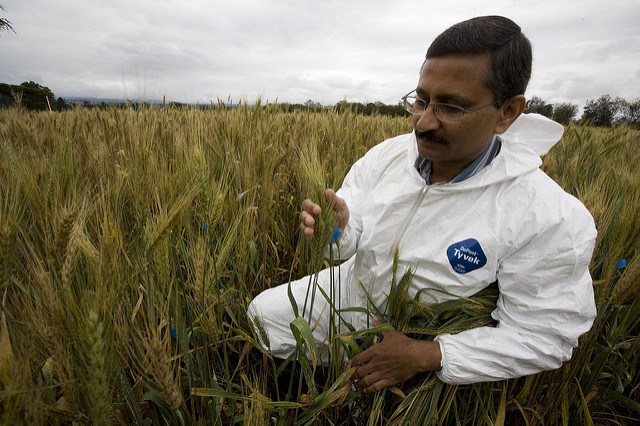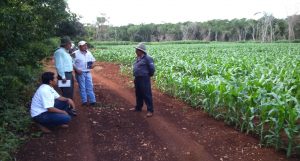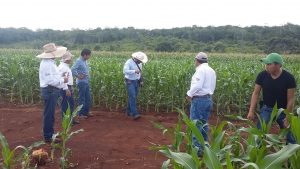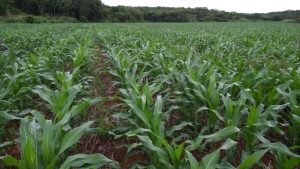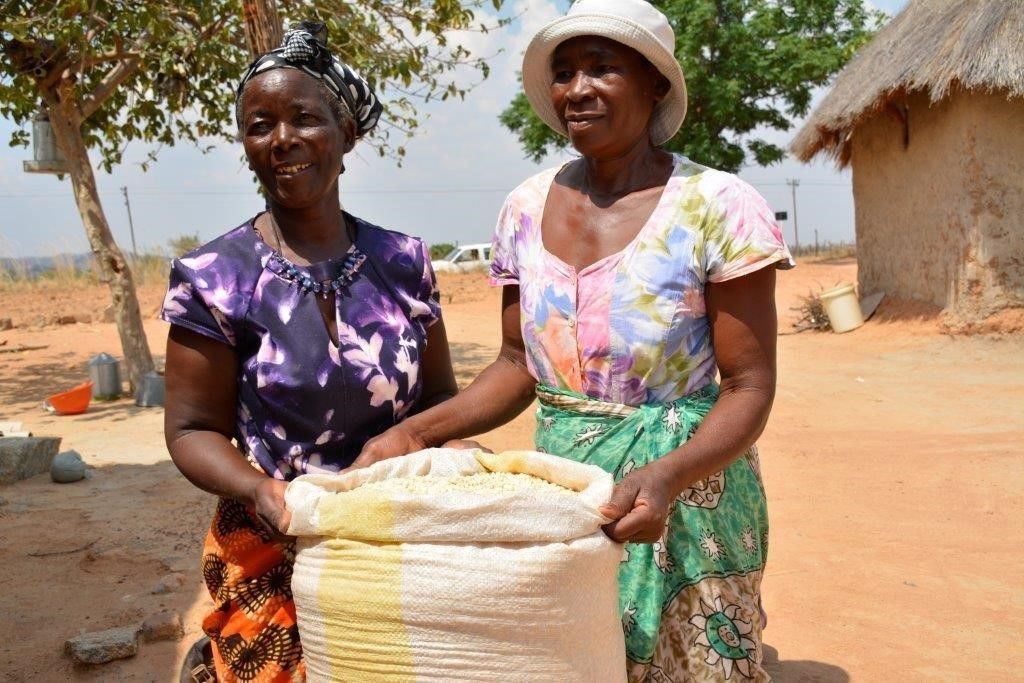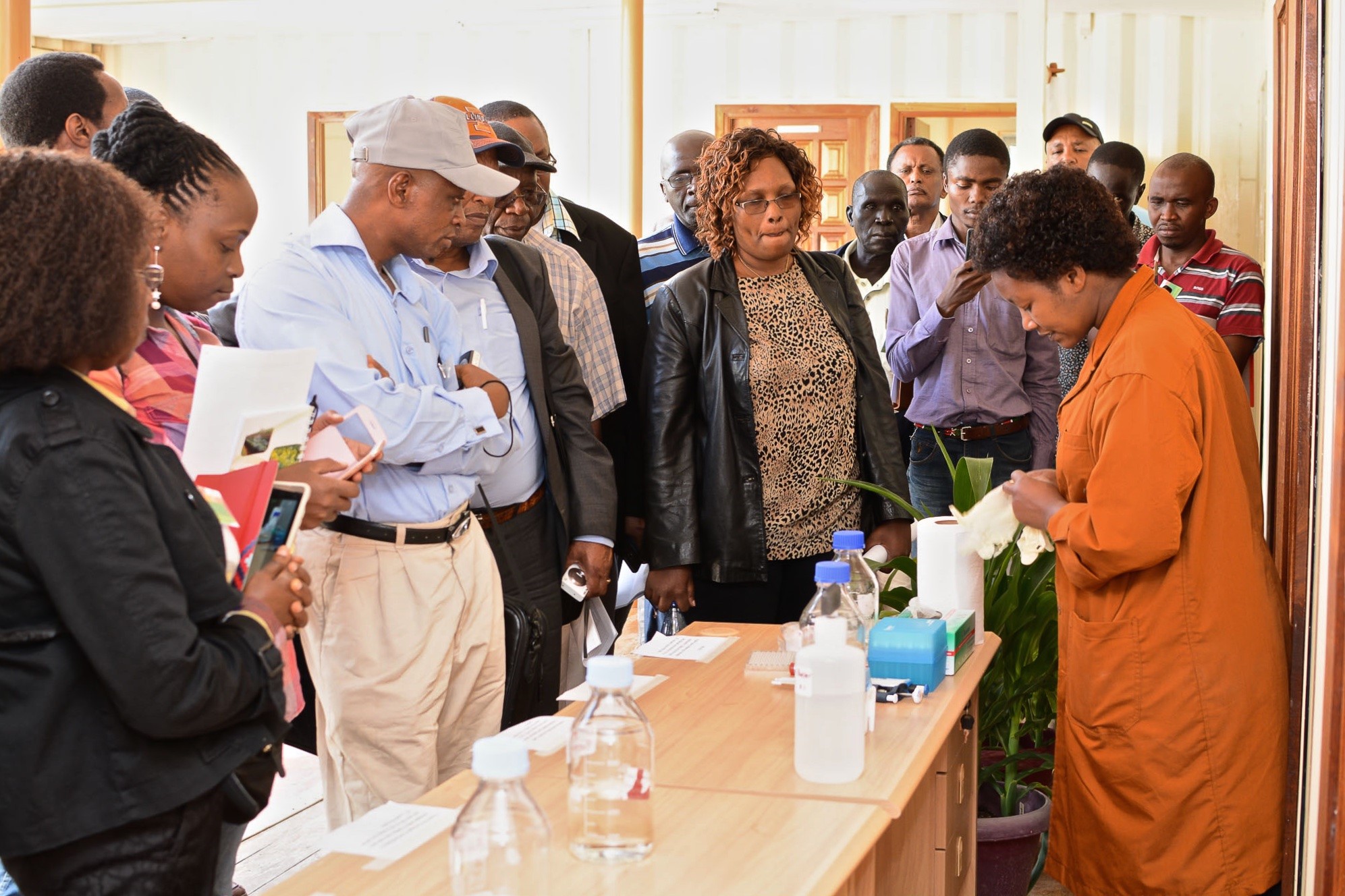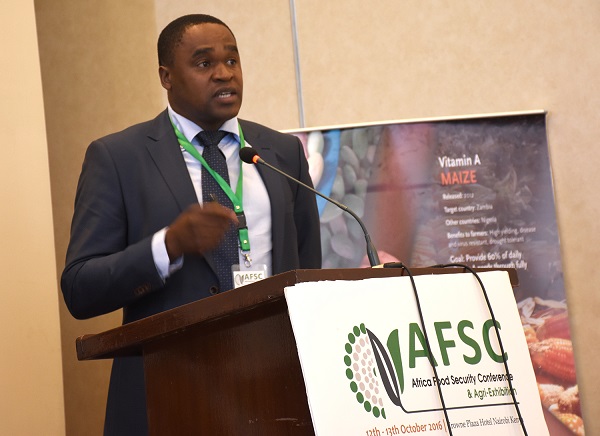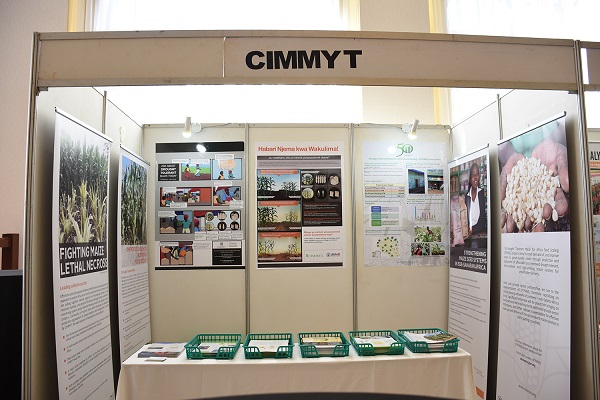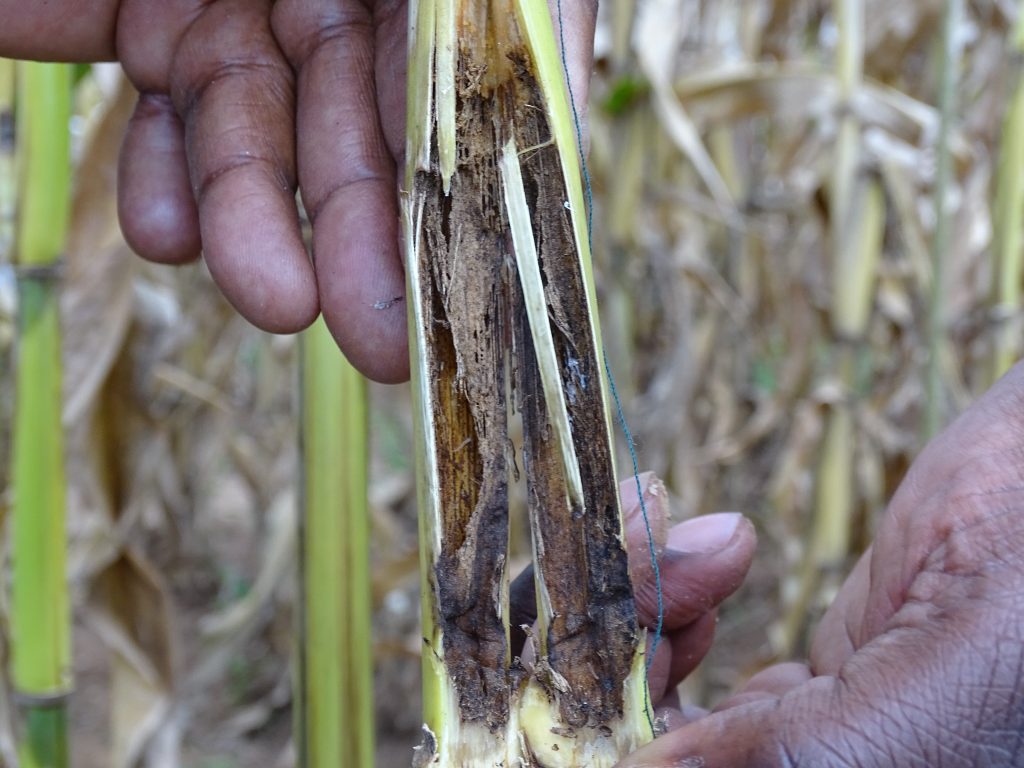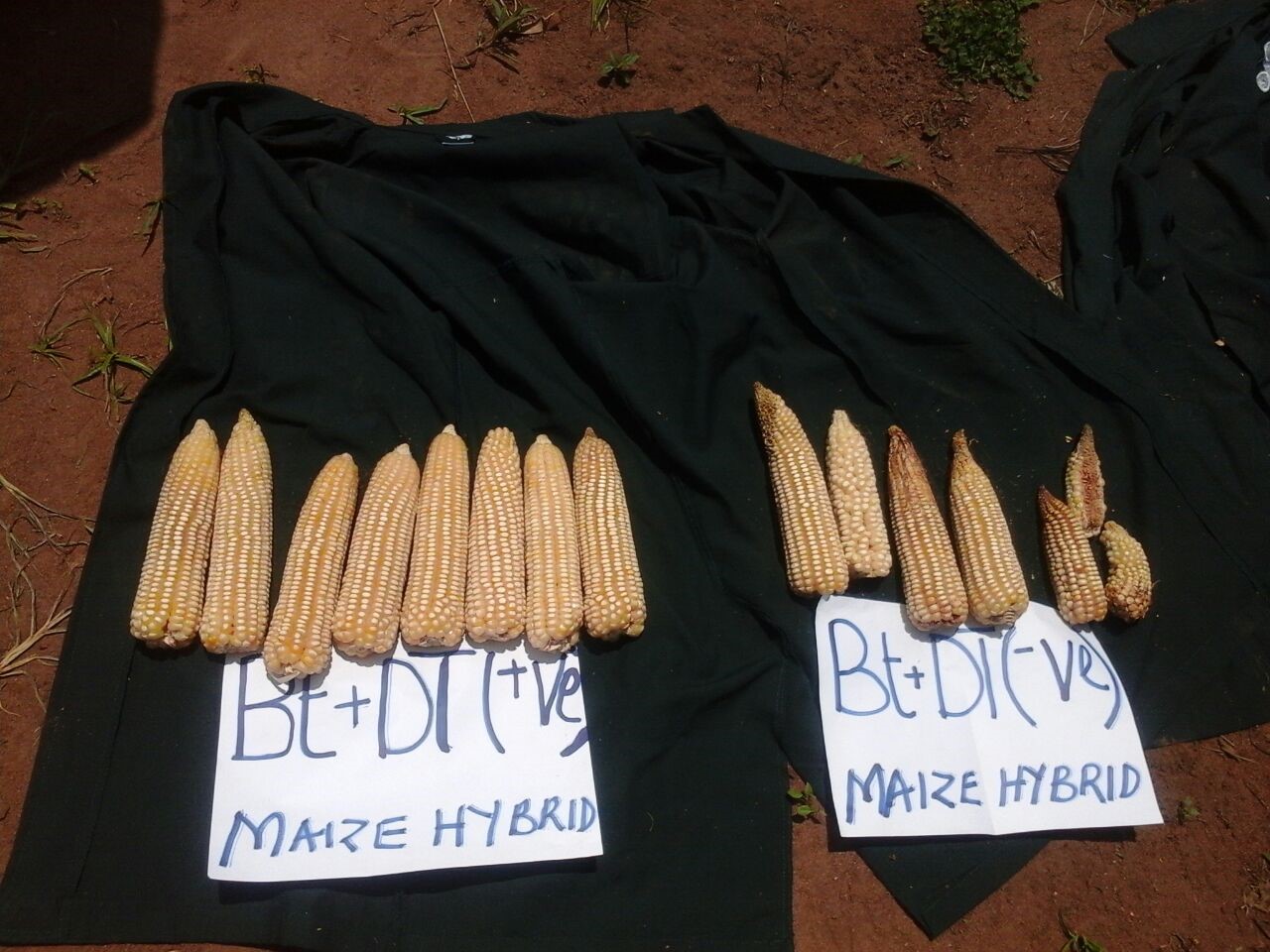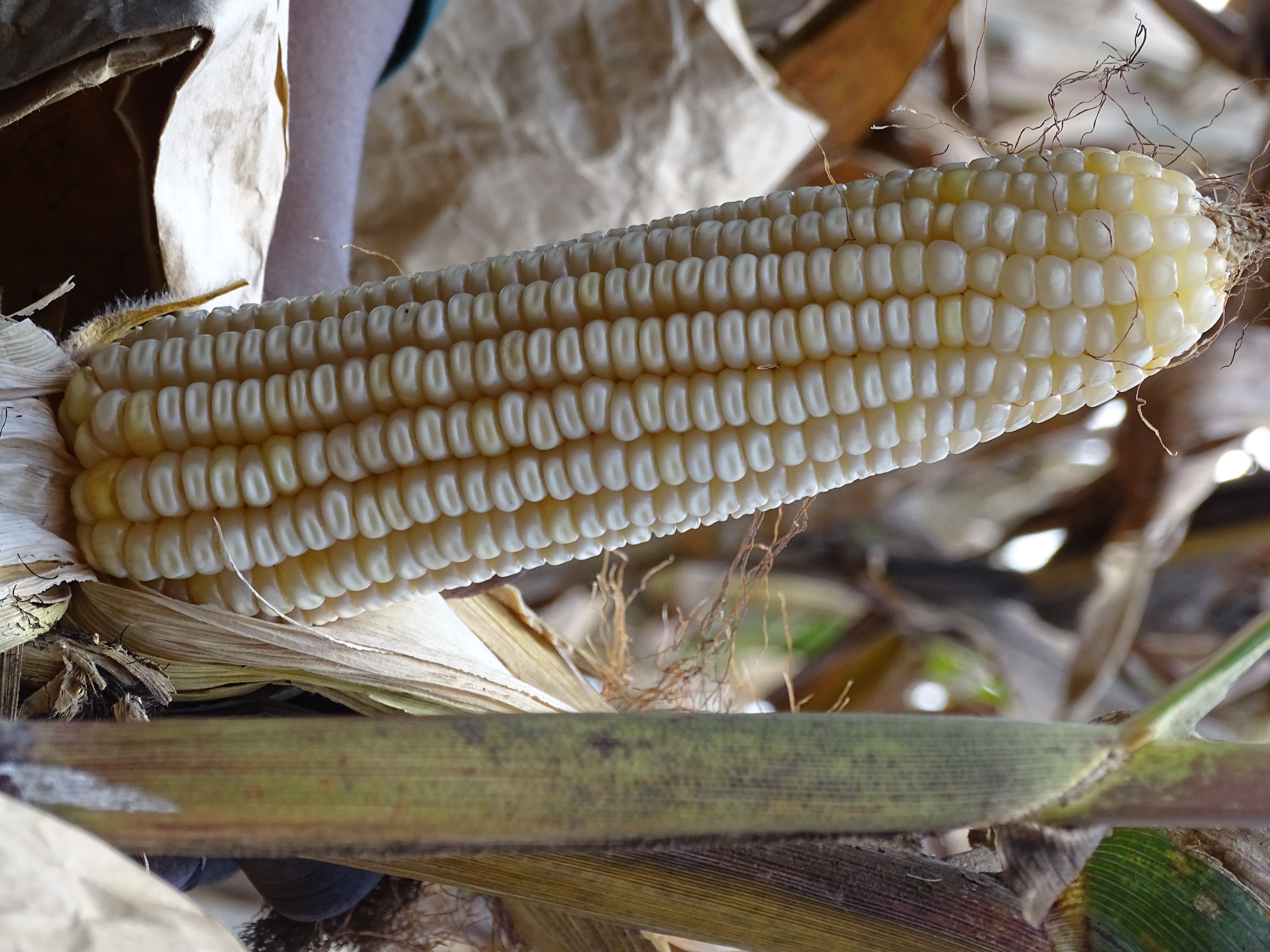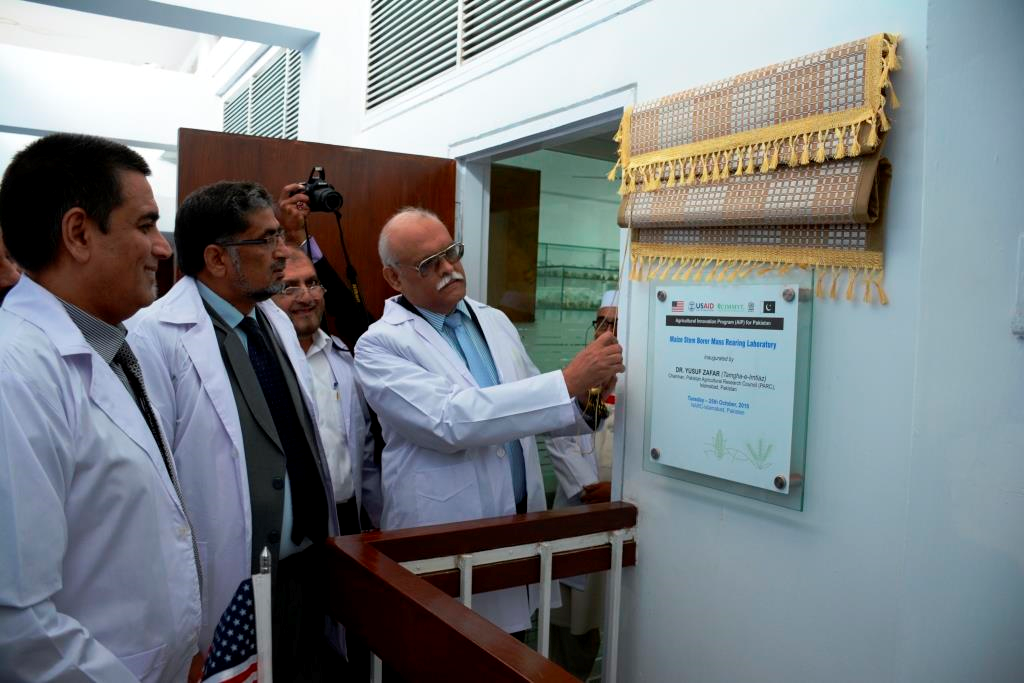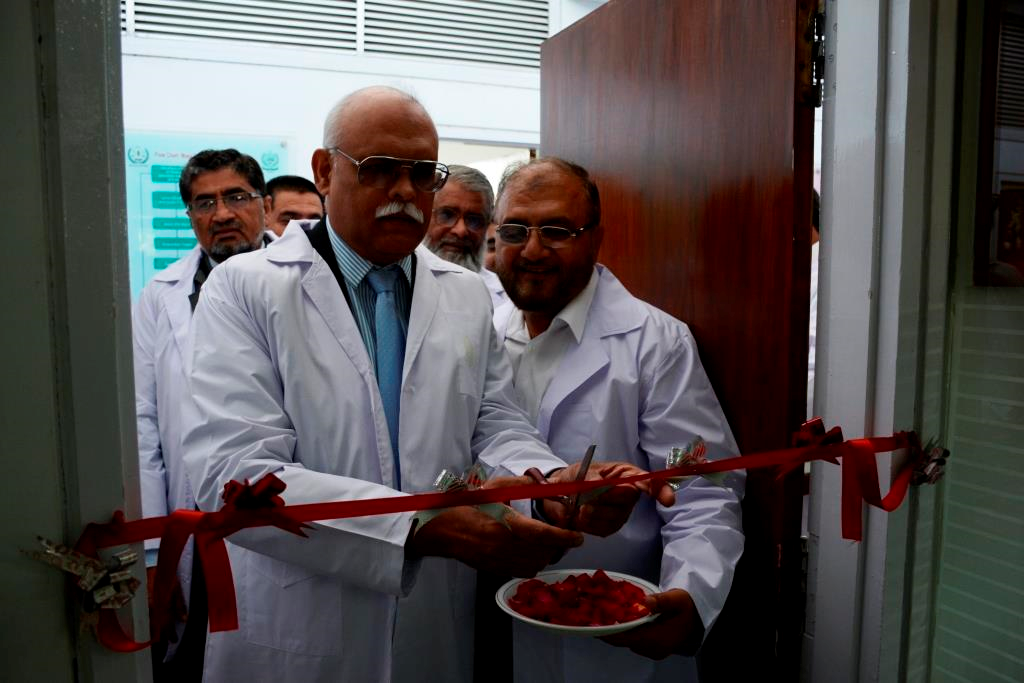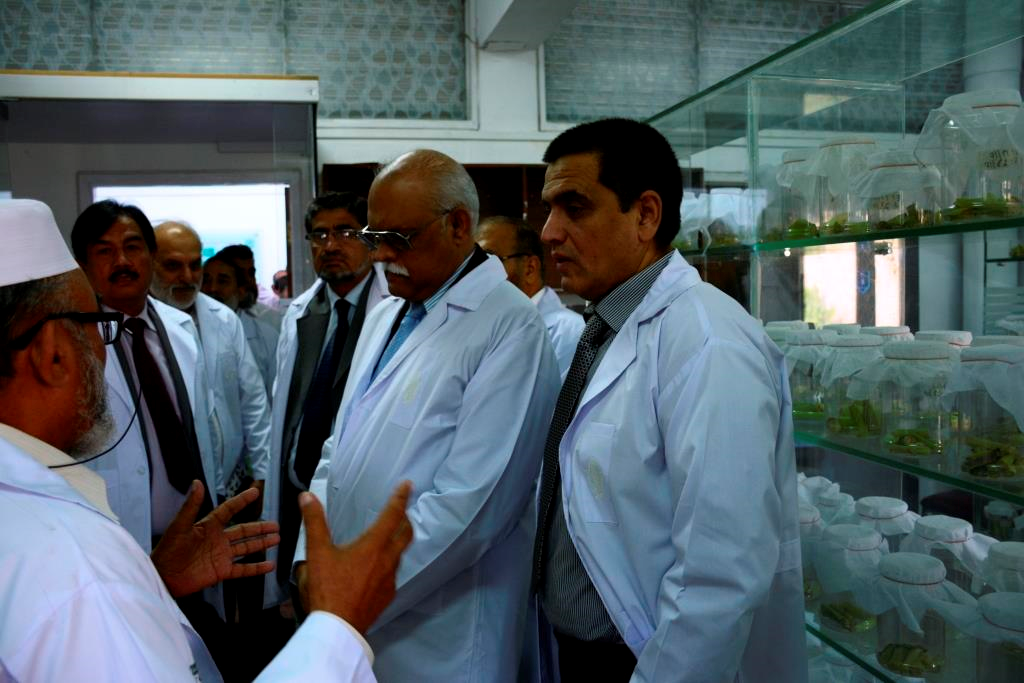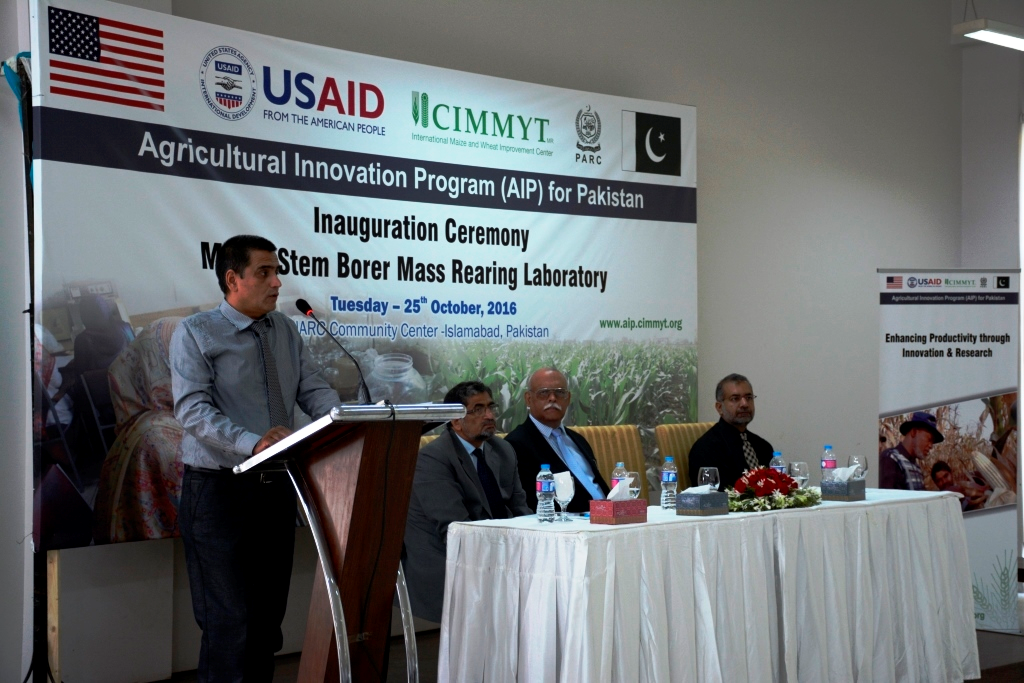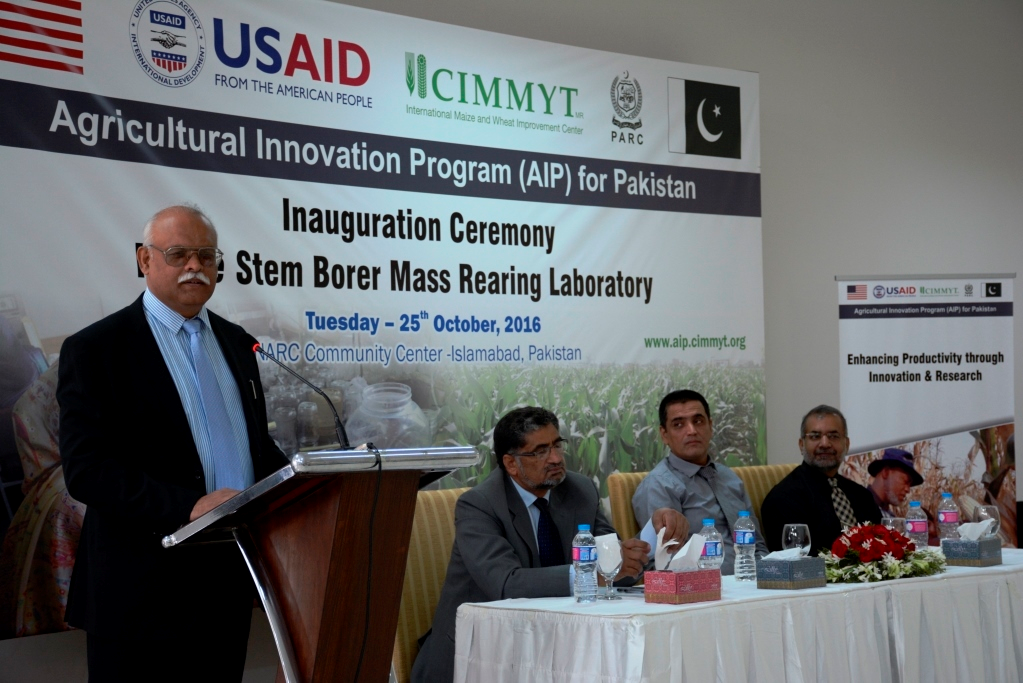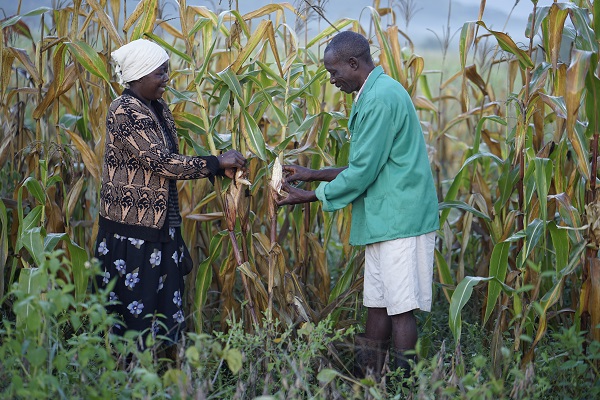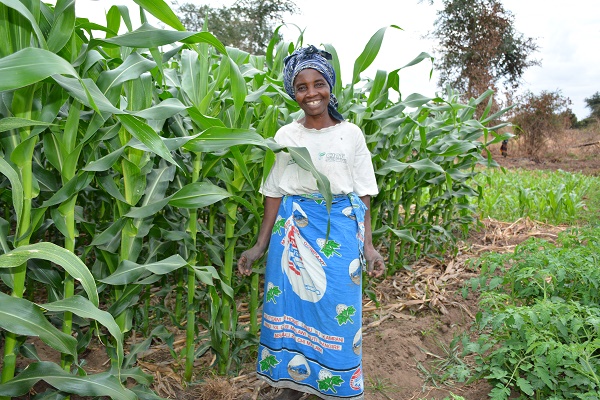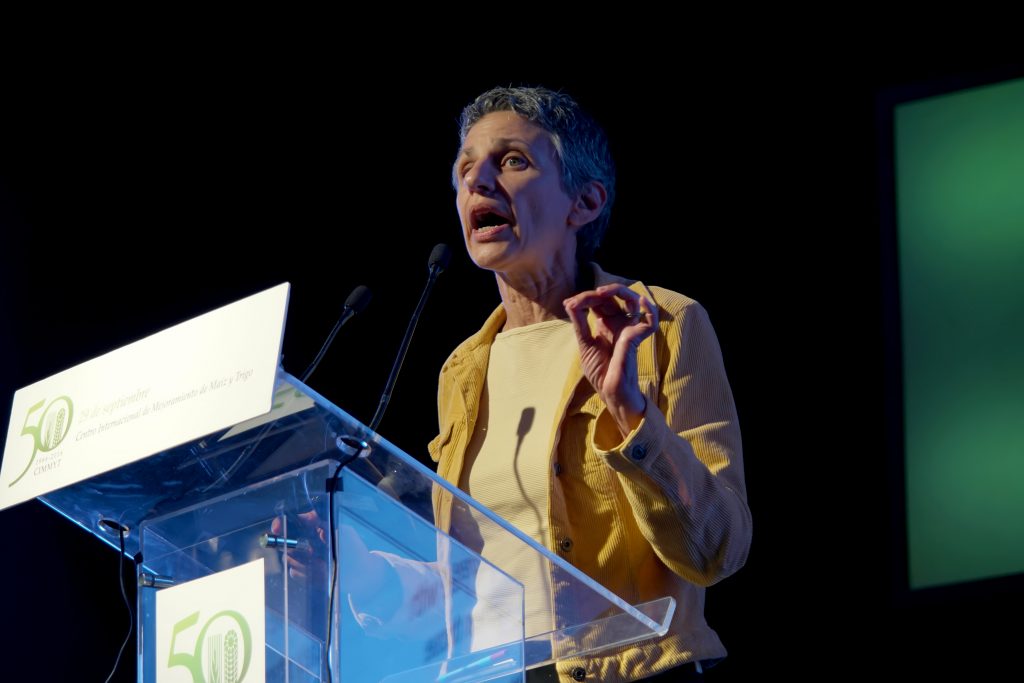Advice for India’s rice-wheat farmers: Put aside the plow and save straw to fight pollution
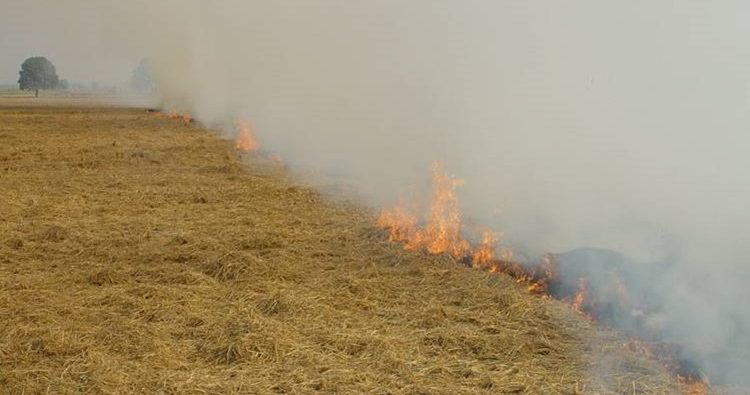
EL BATAN, Mexico (CIMMYT) — Recent media reports show that the 19 million inhabitants of New Delhi are under siege from a noxious haze generated by traffic, industries, cooking fires and the burning of over 30 million tons of rice straw on farms in the neighboring states of Haryana and Punjab.
However, farmers who rotate wheat and rice crops in their fields and deploy a sustainable agricultural technique known as “zero tillage” can make a significant contribution to reducing smog in India’s capital, helping urban dwellers breathe more easily.
Since the 1990s, scientists at the International Maize and Wheat Improvement Center (CIMMYT) have been working with national partners and advanced research institutes in India to test and promote reduced tillage which allows rice-wheat farmers of South Asia to save money, better steward their soil and water resources, cut greenhouse gas emissions and stop the burning of crop residues.
The key innovation involves sowing wheat seed directly into untilled soil and rice residues in a single tractor pass, a method known as zero tillage. Originally deemed foolish by many farmers and researchers, the practice or its adaptations slowly caught on and by 2008 were being used to sow wheat by farmers on some 1.8 million hectares in India.
Scientists and policymakers are promoting the technique as a key alternative for residue burning and to help clear Delhi’s deadly seasonal smog.
Burning soils the air, depletes the soil
“Rice-wheat rotations in Bangladesh, India, Nepal and Pakistan account for nearly a quarter of the world’s food production and constitute a key source of grain and income in South Asia, home to more than 300 million undernourished people,” said Andy McDonald, a cropping systems agronomist at CIMMYT. “But unsustainable farming practices threaten the region’s productivity and are worsening global climate change.”
The burning of paddy straw is one example, according to expert studies. Besides triggering costly respiratory ailments in humans and animals in farm regions and urban centers like Delhi, burning rice residues depletes soil nutrients, with estimated yearly losses in Punjab alone of 3.9 million tons of organic carbon, 59,000 tons of nitrogen, 20,000 tons of phosphorus and 34,000 tons of potassium, according to M.L. Jat, a senior agronomist at CIMMYT, who leads CIMMYT’s contributions to “climate-smart” villages in South Asia, as part of the CGIAR Research Program on Climate Change, Agriculture and Food Security (CCAFS).
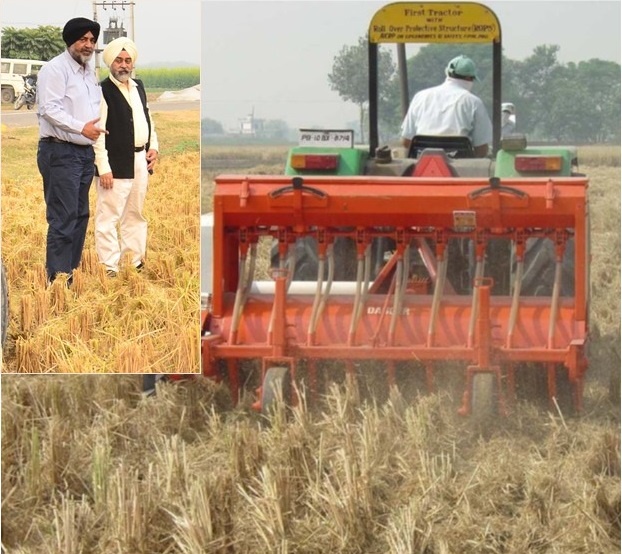
Zero tillage: A lot to like
Traditional tillage for sowing wheat in northern India involves removing or burning rice straw and driving tractor-drawn implements back and forth over fields to rebuild a soil bed from the rice paddy, a costly and protracted process.
Zero tillage cuts farmers’ costs and provides better yields. By eliminating plowing, farmers can sow wheat up to two weeks earlier. This allows the crop to fill grain before India’s withering pre-Monsoon heat arrives — an advantage that is lost under conventional practices.
A 2016 study in Bihar state showed that farmers’ annual income increased by an average 6 percent when they used zero tillage to sow wheat, due both to better yields and savings in diesel fuel through reduced tractor use.
Zero tillage also diminishes farmers’ risk from erratic precipitation, according to Jat. “A new study in Haryana has shown that in wet years when conventionally-sown wheat fields are waterlogged, zero-tilled crops can produce 16 percent more grain.”
Environmental and climate change benefits include 93 kilograms less greenhouse gas emissions per hectare. “In the long run, retaining crop residues builds up soil organic matter and thereby reduces farming’s carbon footprint,” Jat explained.
Zero-tilled wheat also requires 20 to 35 percent less irrigation water, slowing depletion of the region’s rapidly-dwindling underground water reserves and putting money in farmers’ pockets by reducing their need to pump.
“It’s impressive that a single practice provides such a broad set of benefits,” said McDonald, who leads CIMMYT’s Cereal Systems Initiative for South Asia (CSISA).
Specialized seed planters sell slowly
Farmer awareness is growing, but putting aside the plow is not an easy proposition for some. In particular, zero tillage requires use of a special, tractor-mounted implement which, in a single pass, chops rice residues, opens a rut in the soil, and precisely deposits and covers the seed.
Development of this special seeder was first funded by the Australian Centre for International Agricultural Research (ACIAR) and led by Punjab Agricultural University, with contributions from CIMMYT and other organizations. The latest version, the Turbo Happy Seeder, costs $1,900 — an investment that many farmers still struggle to make.
“As an alternative, we’ve been saying that not all farmers need to own a seeder,” Jat observed. “Many can simply hire local service providers who have purchased the seeder and will sow on contract.” In Bihar and the neighboring state of Uttar Pradesh, the number of zero-tillage service providers rose from only 17 in 2012 to more than 1,900 in 2015, according to Jat.
Given New Delhi’s smog troubles, Haryana and Punjab policymakers are adding support to avoid burning rice straw. “The government of Haryana has taken a policy decision to aggressively promote the seeder for zero tillage and residue management and to provide 1,900 seeders on subsidy this year,” said Suresh Gehlawat, assistant director of agriculture for that state, in a recent statement.
On the horizon: Zero tillage for rice
As part of these efforts, CIMMYT scientists and partners are testing and promoting with farmers a suite of resource-conserving practices. These include precision land levelling, which saves water and improves productivity, as well as directly sowing rice into untilled, non-flooded plots.
“The practice of direct-seeded rice requires less labor, raising farmers’ profits by as much as $130 per hectare over paddy-grown rice,” said Jat. “Moreover, growing rice in non-flooded fields uses 25 percent less water and reduces the emission of methane, a greenhouse gas 200 times more powerful than carbon dioxide, by 20 kilograms per hectare.”

